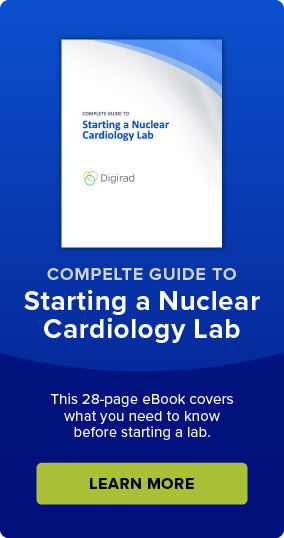This upcoming Wednesday, August 1st, is World Lung Cancer Day. As healthcare providers, we feel that it is important to help raise awareness of the disease and discuss what can be done to combat it.
According to the American Cancer Society, lung cancer is the second most common cancer in both men and women – second only to prostate and breast and prostate cancer. With over 234,000 new cases of lung cancer being diagnosed each year, the chances of developing the disease are 1 in 15 for men and 1 in 17 for women. With statistics like these, it is important that we know what symptoms to look for and what we can do to prevent it.
Signs & Symptoms
Unfortunately, the majority of people that develop lung cancer are asymptomatic, or do not have any signs or symptoms, before the cancer starts to spread. Some individuals do experience early symptoms that help to detect the cancer before it spreads but it is not as often as the medical community would like. Some of the most common symptoms of lung cancer are:
- Shortness of breath
- Persistent cough that lingers or gets worse over time
- Cough that produces a bloody or concerning looking phlegm
- Consistently feeling tired or weak
- Loss of weight or appetite
- Chronic respiratory infections – bronchitis, pneumonia, etc.…
- Wheezing
Early Detection
There is hope thanks to advances in technology and medicine. As detection methods are improving, so are the odds of overcoming early stage lung cancer. One of the best screening tools out there is a low dose CT (LDCT) lung cancer screening.
What is a low dose CT lung cancer screening?
LDCT lung cancer screening is exactly as it sounds – a CT or CAT scan involving a minimal amount of radiation. The exam itself takes only a few seconds while most of the time spent at the imaging facility is either registering at the front desk or walking back to the CT department. Luckily, there is no need to have an IV or contrast injected as part of the routine screening exam.
Can anyone have a LDCT lung cancer screening?
Right now, to qualify for a LDCT screening exam, there are a few criteria that must be met. Keep in mind, newer healthcare procedures tend to evolve over time and this is what the American Cancer Society currently recommends (all criteria must be met):
- Be a current smoker or have quit within the past 15 years
- Have a 30+ pack year smoking history: This equation for this is: (# of years smoked) x (# of cigarettes per day) = pack years
- Example: (15 years of smoking) x (2 packs per day) = 30 pack years
- Received counseling to quit smoking if they are current smokers
- Have been informed by their physician regarding the potential benefits, limitations and harms associated with LDCT screenings
- Have a facility where they can go to receive LDCT screenings and treatment
Resources
Digirad and DMS Health Technologies are available to help your facility or clinic establish a LDCT screening program. Don’t have a CT scanner? No worries, we can help with that.
There are many resources out there on lung cancer, smoking cessation, patient and family support. A few great places to start are:



